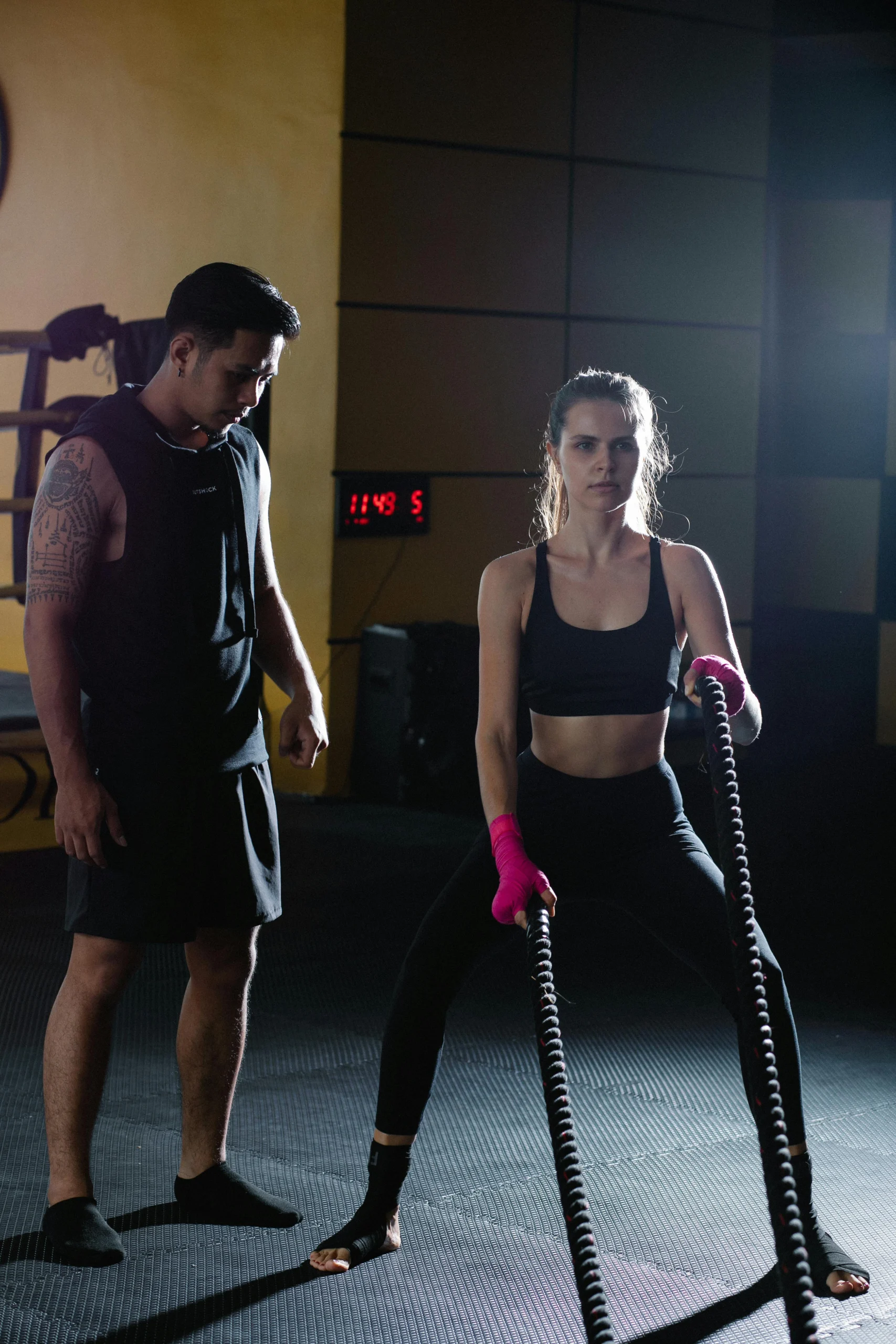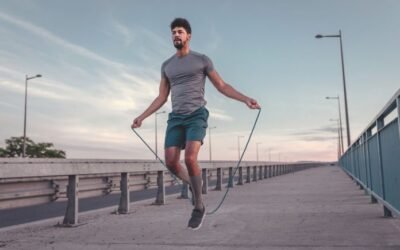As personal trainers and fitness instructors, staying updated with the latest trends and innovations in fitness equipment is crucial for delivering effective and engaging workouts. The year 2024 has brought a wave of cutting-edge tools and technologies designed to elevate training programs and cater to the evolving needs of fitness enthusiasts. Let’s dive into some of the most exciting developments in fitness equipment this year and how they can enhance your training repertoire.
1. Smart Resistance Machines: Revolutionizing Strength Training
The evolution of resistance machines in 2024 has truly transformed the landscape of strength training, offering an unprecedented level of personalization and efficiency for fitness enthusiasts. The introduction of smart resistance machines marks the end of the traditional guesswork involved in setting the right resistance levels for clients. These innovative machines are embedded with advanced sensors and intelligent algorithms that meticulously analyze the user’s performance in real-time. This means that as a client pushes through their reps, the machine dynamically adjusts the resistance to match their strength and endurance levels at any given moment, ensuring that they are not underworking or overexerting themselves.
What sets these smart machines apart is their ability to learn and adapt to the user’s fitness journey. By continuously monitoring the user’s performance, these machines can identify patterns, strengths, and areas needing improvement. This data-driven approach allows for the creation of highly tailored workout sessions that evolve as the client progresses, making every workout as effective as possible.
Moreover, the integration of real-time feedback mechanisms provides immediate insights to both the trainer and the client. Through user-friendly interfaces, these machines display a range of metrics, such as the number of reps completed, the consistency of the user’s effort across sets, and even the quality of each rep. This instant feedback loop not only enhances the training experience by making it more interactive and engaging but also empowers clients by making them more aware of their performance and progress.
The connectivity of smart resistance machines extends beyond the gym floor. Many are equipped with apps or software that allow trainers and clients to track progress over time, set goals, and even receive personalized workout recommendations. This level of connectivity ensures that personal trainers can provide continuous support and guidance, even when they are not physically present with their clients.
2. Virtual Reality (VR) Fitness Systems: A New Dimension in Physical Activity
The integration of Virtual Reality (VR) into the fitness sector has been nothing short of revolutionary, opening up a world where the boundaries of physical exercise extend into the digital realm. The appeal of VR fitness systems lies in their ability to merge the thrill of virtual experiences with the tangible benefits of physical exercise, creating a uniquely engaging and motivating workout environment that captivates users of all ages and fitness levels.
These advanced VR fitness platforms transport users to virtually crafted worlds where the mundane aspects of exercise are replaced with exciting and adventurous activities. Imagine the exhilaration of scaling a towering mountain, its peak shrouded in clouds, or the adrenaline rush of stepping into a digitized ring, where every punch thrown and dodged burns calories and builds fitness. These scenarios, once the domain of video games and imagination, are now arenas for physical fitness, thanks to VR technology.
The versatility of VR fitness systems is one of their strongest assets. They can simulate a wide array of environments and scenarios, each designed to target different aspects of fitness, from cardiovascular health to strength training, flexibility, and balance. Users can find themselves sprinting along the beaches of a tropical island, participating in a high-energy dance-off, or navigating through obstacle courses that challenge their speed, agility, and coordination—all within the safety and comfort of their own homes or fitness studios.
Beyond the sheer variety of experiences, VR fitness systems are engineered to adapt to the user’s fitness level and preferences. They can adjust the intensity of workouts, ensuring that each session is challenging yet achievable. This personalized approach helps in steadily improving fitness levels without the risk of injury or burnout. Moreover, these systems often incorporate gaming elements, such as scores, levels, and challenges, which add a competitive edge to workouts, making exercise feel more like play and less like a chore.
The social aspect of VR fitness also cannot be understated. Many systems offer multiplayer modes, allowing friends or strangers to work out together in virtual spaces, regardless of their physical location. This feature builds a sense of community and support, making it easier for individuals to stay motivated and committed to their fitness goals.
For personal trainers and fitness instructors, VR fitness systems open up new avenues for creating innovative and customized workout programs. They can guide clients through virtual workouts, offer real-time feedback, and even monitor their progress through data generated by the VR system. This technology not only enhances the service offering of fitness professionals but also provides them with valuable insights into their clients’ performance and needs.

3. Wearable Fitness Technology: The Future of Personalized Training
The realm of wearable fitness technology has seen exponential growth, becoming an indispensable tool for fitness enthusiasts and professionals alike. The latest advancements in fitness trackers and smartwatches have ushered in an era where detailed biometric data is readily available, enabling a level of workout customization and precision previously unimaginable.
These devices, now more sophisticated than ever, go beyond the basic tracking of steps and calories burned. They are equipped with sensors capable of monitoring heart rate variability (HRV), a critical indicator of recovery and stress in the body. By analyzing HRV, trainers can gauge when a client is primed for a high-intensity workout or when they need a lighter, recovery-focused session, thus optimizing the training schedule for peak performance and health.
Moreover, the ability to measure blood oxygen levels (SpO2) adds another layer of insight, especially useful in endurance training and high-altitude workouts. This metric can help assess how efficiently a client’s body is utilizing oxygen, a key factor in stamina and overall cardiovascular health. It also serves as a valuable indicator for adjusting training intensity in real-time, ensuring that clients are exercising within safe and effective parameters.
Stress monitoring through these wearables presents a holistic view of a client’s well-being, integrating mental health into the fitness equation. By tracking stress levels, personal trainers can identify patterns that may affect a client’s motivation, energy levels, and recovery. This information allows for the design of training programs that not only consider physical capabilities but also manage stress through appropriate exercise, thereby enhancing overall wellness.
The integration of this data into personalized training programs is where wearable fitness technology truly shines. With access to real-time and historical data, trainers can create highly personalized and adaptive workout plans that are tailored to the unique physiological and psychological profile of each client. This customization leads to more effective workouts, quicker achievement of fitness goals, and higher client satisfaction.
Furthermore, the connectivity of these devices enables seamless communication between clients and trainers. Data can be shared in real-time, allowing for immediate feedback and adjustments to workout plans, even in remote training scenarios. This constant loop of communication and data analysis fosters a more engaged and interactive trainer-client relationship.
Wearable fitness technology also encourages a data-driven approach to tracking progress over time. By quantifying every aspect of a client’s fitness journey, trainers and clients alike can celebrate achievements, identify areas needing improvement, and adjust goals as needed, all with a level of precision that leaves little to guesswork.
4. Recovery Tools: Elevating the Post-Workout Experience
The fitness industry’s focus on recovery has intensified in 2024, recognizing that the period following exercise is critical for achieving peak performance and long-term health benefits. The latest advancements in recovery tools reflect a holistic approach to fitness, where muscle rehabilitation and injury prevention are given as much priority as the workouts themselves. These innovations have transformed recovery from a passive to an active process, empowering individuals to take control of their recovery with the same precision and dedication as their training.
High-tech foam rollers have emerged as a standout in this new wave of recovery equipment. These aren’t the simple, cylindrical devices of the past but are now embedded with vibration therapy technology. The combination of pressure from rolling and targeted vibrations works synergistically to enhance blood flow, reduce muscle soreness, and accelerate the recovery process. This technology is grounded in the principles of myofascial release, but the addition of vibration adds a new dimension of effectiveness, making these foam rollers a game-changer for athletes and fitness enthusiasts alike.
Cryotherapy, once exclusive to professional athletes and high-end sports facilities, has become more accessible with the advent of home-use cryotherapy machines. These units harness the power of extreme cold to reduce inflammation, decrease muscle soreness, and improve overall recovery time. By exposing the body to cold temperatures for short periods, cryotherapy stimulates vasoconstriction followed by vasodilation, flushing out metabolic waste and reducing inflammation. This process not only accelerates the body’s natural healing mechanisms but also invigorates the mind, making it a comprehensive recovery solution.

These recovery tools are part of a broader trend towards incorporating technology into fitness to achieve better results and healthier lifestyles. They are designed with the understanding that recovery is not a one-size-fits-all process. High-tech foam rollers often come with adjustable vibration settings, allowing users to customize their recovery experience based on their personal needs and tolerance levels. Similarly, home cryotherapy machines offer various temperature settings and session lengths, providing a tailored recovery process that can be adjusted over time as one’s fitness journey evolves.
The significance of these advancements extends beyond individual benefits; they represent a paradigm shift in how recovery is perceived and prioritized within the fitness industry. By making these tools accessible for home use, there is a democratization of recovery techniques that were once limited to elite athletes. This accessibility ensures that all individuals, regardless of their fitness level or athletic ability, can experience the benefits of enhanced recovery.
Furthermore, the integration of these tools into regular fitness routines underscores the importance of a holistic approach to health and wellness. It acknowledges that progress in fitness is not solely measured by the intensity of workouts but also by how well the body recovers and adapts to stress. In essence, the evolution of recovery tools in 2024 highlights a more balanced and sustainable approach to fitness, where the focus on recovery is seen as essential to the overall health and well-being of individuals.
Conclusion
The evolution of fitness equipment in 2024 has been nothing short of revolutionary, reflecting a dynamic shift towards more immersive, personalized, and efficient training methodologies. These advancements, from smart resistance machines to virtual reality fitness systems, wearable technology, and innovative recovery tools, signify a holistic approach to health and wellness, emphasizing not just the act of exercising but the entire fitness journey, including recovery and personal health monitoring.
Smart resistance machines have redefined strength training by providing personalized, effective, and measurable workouts that adapt in real time to the user’s performance. This represents a leap forward in ensuring clients are consistently working within their optimal effort zones, leading to more efficient and safer workouts. Similarly, VR fitness systems have introduced an unparalleled level of engagement and fun to exercising, making it possible to combine the benefits of physical activity with the excitement of virtual adventures and competitions.
Wearable fitness technology has transformed the way trainers and clients approach health and fitness. By offering detailed insights into physiological and health metrics, these devices empower individuals with the knowledge to tailor their fitness routines for maximum effectiveness, thus fostering a culture of informed and data-driven approach to personal wellness. This technology is pivotal in customizing fitness plans to meet the unique needs of each individual, ensuring that goals are met with precision and understanding.
The advancements in recovery tools have equally set new benchmarks, underscoring the essential role of post-workout care in achieving long-term wellness and peak performance. The introduction of high-tech foam rollers and home cryotherapy units has made sophisticated recovery methods accessible to all, highlighting the industry’s growing recognition of recovery as a fundamental component of the fitness equation.
As we embrace these innovative tools and technologies, the landscape of fitness is being reshaped into one that values customization, engagement, and holistic health. The future of fitness is not just about pushing the limits of physical capabilities but also about ensuring that every aspect of an individual’s health and wellness journey is supported and enhanced by the best that technology has to offer.
The convergence of these technologies in 2024 heralds a new era in fitness and wellness, where the emphasis on recovery, personalized training programs, and immersive exercise experiences is setting new standards in the industry. For personal trainers and fitness instructors, staying ahead of these trends is not just an opportunity but a necessity to provide unparalleled value to their clients. As we look towards the future, it’s clear that those who leverage these innovations will not only lead the way in the fitness industry but also contribute to the broader goal of fostering a healthier, more engaged, and well-informed society.




